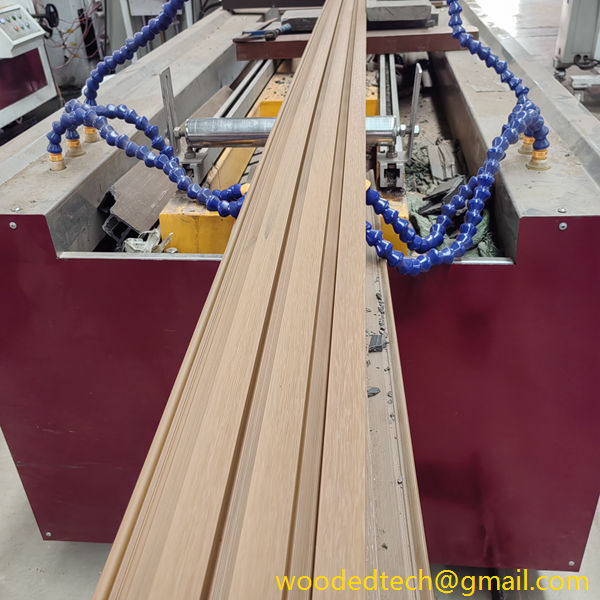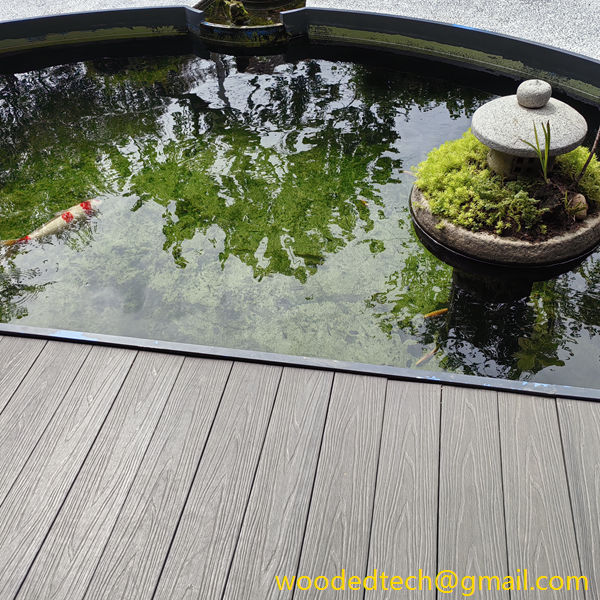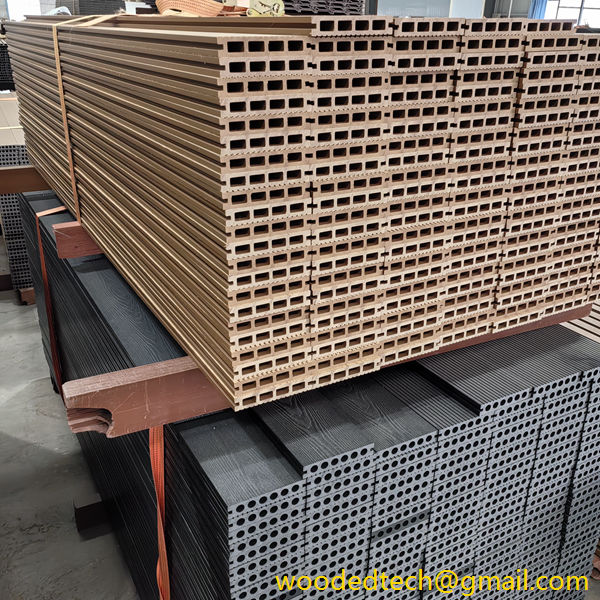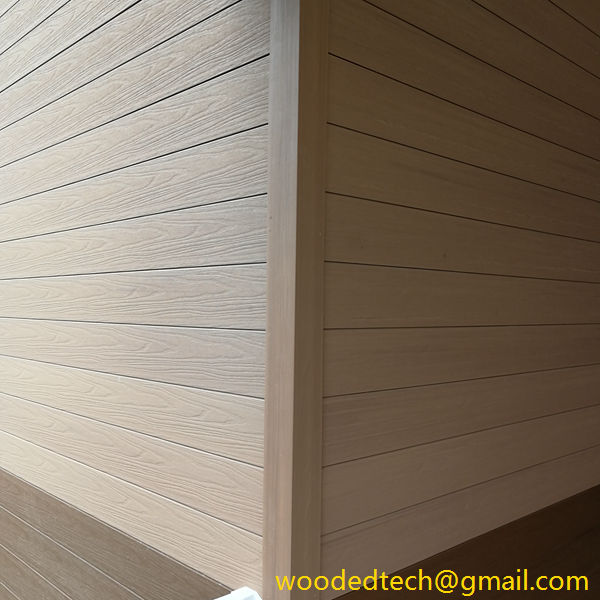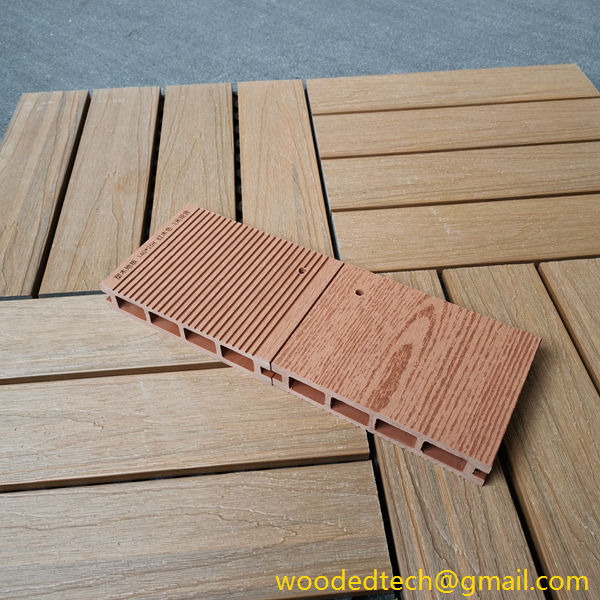In recent years, the demand for wall paneling solutions has surged, particularly with the rise of Wood Plastic Composites, commonly known as WPC. These materials are increasingly favored due to their aesthetic appeal, durability, and low maintenance requirements. As a result, understanding the price landscape of WPC wall panels becomes crucial for consumers, businesses, and contractors alike. This article delves into a comprehensive price comparison of WPC wall panels, taking into account various market factors, product specifications, and regional variations.
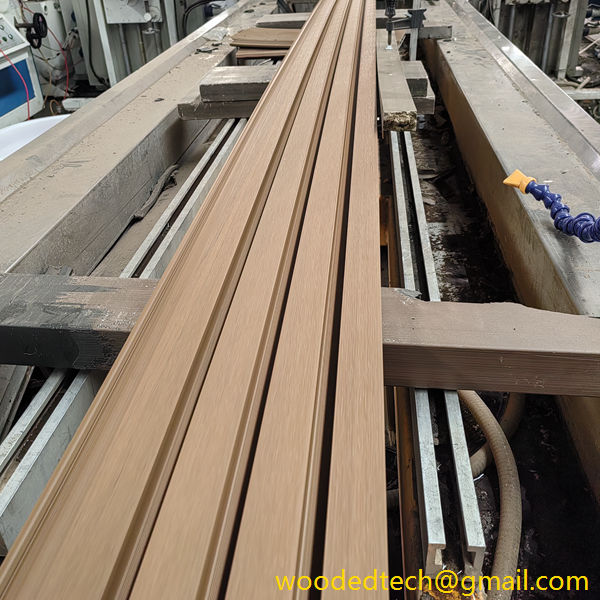
To begin with, it is essential to recognize what WPC wall panels are. These panels are composed of a blend of wood fibers and plastic, which gives them unique properties that differentiate them from traditional wood panels. WPC wall panels are resistant to moisture, pests, and rot, making them an ideal choice for a variety of applications, from residential homes to commercial spaces. The price of these panels can vary widely based on several factors, including the quality of materials used, manufacturing processes, and the brand reputation.
One of the primary factors influencing the price of WPC wall panels is the type of wood fiber used in their production. Higher quality wood fibers, such as those sourced from sustainable forests, typically command a higher price. Consumers who prioritize environmental sustainability may be willing to pay a premium for panels made from reclaimed or responsibly sourced materials. Conversely, panels manufactured from lower-grade wood fibers may be available at a reduced cost, but they may not offer the same level of durability and performance.
Another significant factor affecting the price is the manufacturing process. Some manufacturers use advanced technology to create WPC panels that are more resistant to weathering and UV exposure. These high-performance panels often come at a higher price point but can provide significant long-term savings due to their longevity and reduced maintenance needs. In contrast, budget-friendly options may lack advanced features and may require more frequent replacements or repairs, ultimately leading to higher costs over time.
Brand reputation also plays a critical role in determining the price of WPC wall panels. Established brands with a history of quality and customer satisfaction often charge more for their products. Consumers may feel more comfortable investing in a well-known brand, as they associate it with reliability and superior craftsmanship. On the other hand, newer or lesser-known brands may offer competitive pricing to gain market share, but potential buyers should carefully consider the quality and reviews of these products before making a purchase.
Regional variations can also impact the pricing of WPC wall panels. In areas where manufacturing facilities are located nearby, transportation costs may be lower, leading to more competitive pricing. Conversely, in regions where WPC panels must be shipped from distant locations, transportation expenses can significantly increase the final retail price. Additionally, local demand and supply dynamics can influence prices. In markets with high demand for WPC wall panels, prices may be elevated compared to areas with less competition.
When conducting a price comparison, it is essential for consumers to consider the overall value rather than simply selecting the cheapest option available. While budget-friendly WPC wall panels may seem attractive initially, their long-term performance and maintenance requirements can lead to higher costs in the future. In contrast, investing in higher-quality panels may yield savings over time due to their durability and low upkeep.
To aid consumers in their decision-making process, it is beneficial to compile a comparison chart that outlines the prices of various WPC wall panel options. This chart should include key specifications such as thickness, finish, and intended use. By providing a clear overview of the available choices, consumers can make informed decisions based on their budget and needs.
Another valuable approach is to seek quotes from multiple suppliers and contractors. Many retailers offer discounts for bulk purchases, which can significantly reduce the overall cost per panel. Additionally, contractors may have established relationships with specific suppliers, allowing them to secure lower prices for their clients. By exploring various purchasing options, consumers can often find a more competitive price for their WPC wall panels.
In conclusion, the price comparison of WPC wall panels is a multifaceted issue influenced by material quality, manufacturing processes, brand reputation, and regional market dynamics. Consumers must weigh these factors carefully to ensure they make a sound investment in wall paneling solutions. By considering not just the initial purchase price but also the long-term performance and maintenance costs, buyers can achieve a balance between quality and affordability. As the demand for WPC wall panels continues to grow, staying informed about market trends and price fluctuations will empower consumers to make choices that align with their aesthetic preferences, functional requirements, and budget constraints.

